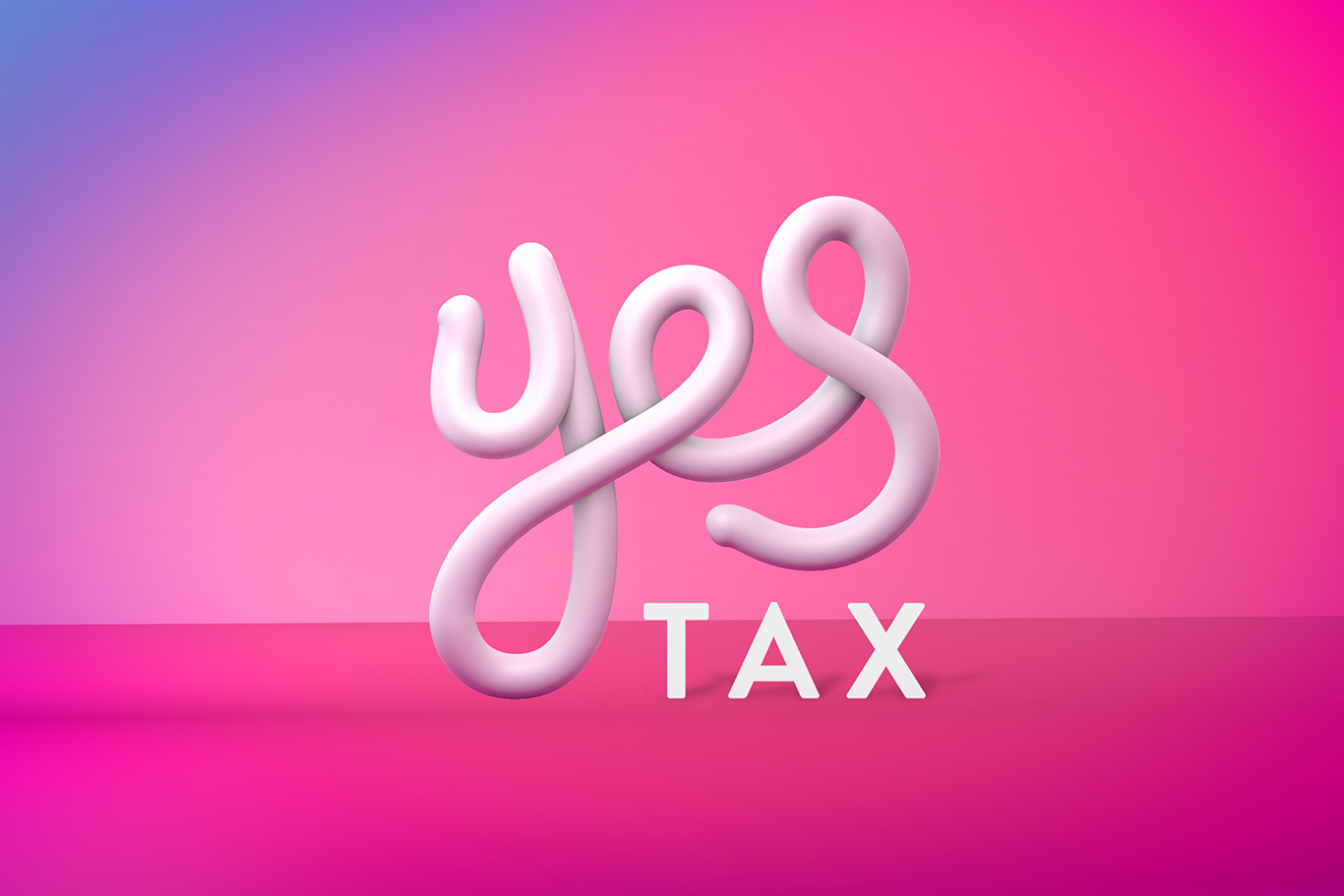
2021 Budget - What does it mean for R&D Tax Relief, Patent Box and Capital Allowances?
Spend now, pay later was the main theme of the Rishi Sunak’s landmark 2021 Budget. Not since the end of World War II has a Chancellor been faced with such turbulent economic times. Covid-19 has left the UK with a budget deficit at its highest levels in peacetime history, so it was inevitable that the budget would deliver some eyebrow-raising announcements. The headline grabber was the decision to raise corporation tax to 25% from April 2023 – the highest rate since 2010.
Beyond the headlines, there were also significant announcements on R&D tax relief and capital allowances. In addition, the decision to increase corporation tax has implications for patent box.
R&D Tax Relief
In 2020, draft legislation was published which introduced a cap on payable R&D tax credits for SMEs. We reported on the announcement here:
https://yes.tax/news/draft-legislation-published-for-proposed-payeni-cap-on-r-d-tax-credits
Two clarifications on the new rules were announced by HMRC on Budget day. Where a company has an accounting period (AP) that straddles 1 April 2021, the new measures do not apply to the part of the period from 1 April, but instead, only affect the next full period starting after that date. This will give companies confidence that they will not need to apply the new rules to a current AP.
Secondly, the definition of intellectual property whose management can support the company being exempt from the cap will be widened so know-how and trade secrets are included. This will cover cases where companies are not able, or do not wish, to protect the results of their R&D.
However, the major announcement on R&D tax credits was the launch of a wide-ranging consultation into many aspects of the relief. The consultation will examine the structure of the relief including the definition of qualifying R&D to the possibility of combining the two incentives (SME scheme and RDEC). It will also consider operational issues, such as simplifying the process and addressing the well documented problem of poor advice. It is now explicitly clear that HMRC are taking steps to address rogue advisers – something that YesTax has been vocal about in recent months.
We welcome the consultation and will of course be submitting our responses to the many questions which HMRC have posed. The consultation document can be found here:
HM Treasury R&D Tax Reliefs consultation PDF
Patent Box
Although the 2021 Budget was silent on patent box, it’s important to understand the impact of the April 2023 increase in corporation tax in relation to the relief.
The patent box tax relief has been a bit of a slow burner since its introduction nearly eight years ago, with fewer than 1,500 claimants of the relief in the 2017-18 tax year (the most up-to-date statistics available). The average tax relief per claim exceeded £843,000, a very significant amount.
The idea of the scheme is that holders of qualifying IP, mainly patents, only pay 10% corporation tax on attributable profits, comparing very favourably to the current corporation tax rate of 19%. With the impending rise to 25% in the next few years, it is likely that this relief will become a lot more attractive to companies expecting to make large profits in the next few years.
Unlike the R&D scheme, the benefits available to companies with patents are the same for SMEs and large companies alike. It is therefore perhaps unsurprising that 92% of tax saved under the patent box scheme related to large companies.
From 1 July 2021 all patent box claimants will need to track-and-trace their R&D under the new “Nexus” rules which affects the maximum amount that can be claimed for patent box purposes. To ensure that companies are not affected by these changes (particularly those in groups) it is recommended that they take specialist advice regarding group structure, location of R&D activities and any intergroup arrangements that should be put in place.
Capital Allowances
Unprecedented times call for unprecedented measures and the 2021 capital allowances budget is matched only in scale to the pandemic itself!
In a bid to stimulate investment activity, construction and refurbishment in commercial real estate, the chancellor announced a ‘super capital allowance’ - a new accelerated rate of relief at 130% in the first year of expenditure.
From 1 April 2021 until 31 March 2023, any companies investing in qualifying capital expenditure assets will be able to claim:
- a 130% super-deduction capital allowance on qualifying plant and machinery (items such as fire alarm systems, security systems, and carpet flooring); and
- a 50% first-year allowance for qualifying special rate assets (items such as lifts, heating and cooling systems and solar shading).
For construction expenditure, this applies where contracts are entered into on or after 3rd March 2021.
What’s more, there is no upper cap to this tax relief. This means:
- A £10m investment in new plant and machinery will trigger immediate tax relief of £13m.
- A £10m investment on integral features will provide immediate tax relief of £5m.
It’s important to note that if such expenditure triggers losses, those losses can be carried back 3 accounting periods and instigate a tax refund.
Unfortunately, the relief is not available to property companies, individuals, or LLP investors, but is very much available for pubs, offices, hotels and restaurants - some of the businesses hardest hit by the pandemic.
This super-deduction will allow investors to cut their tax bill by up to 25p for every £1 they invest, ensuring the UK capital allowances regime is amongst the most competitive in the world.
A fantastic time to invest, build, fit-out, refurbish and renovate!
YesTax. Positively Better

